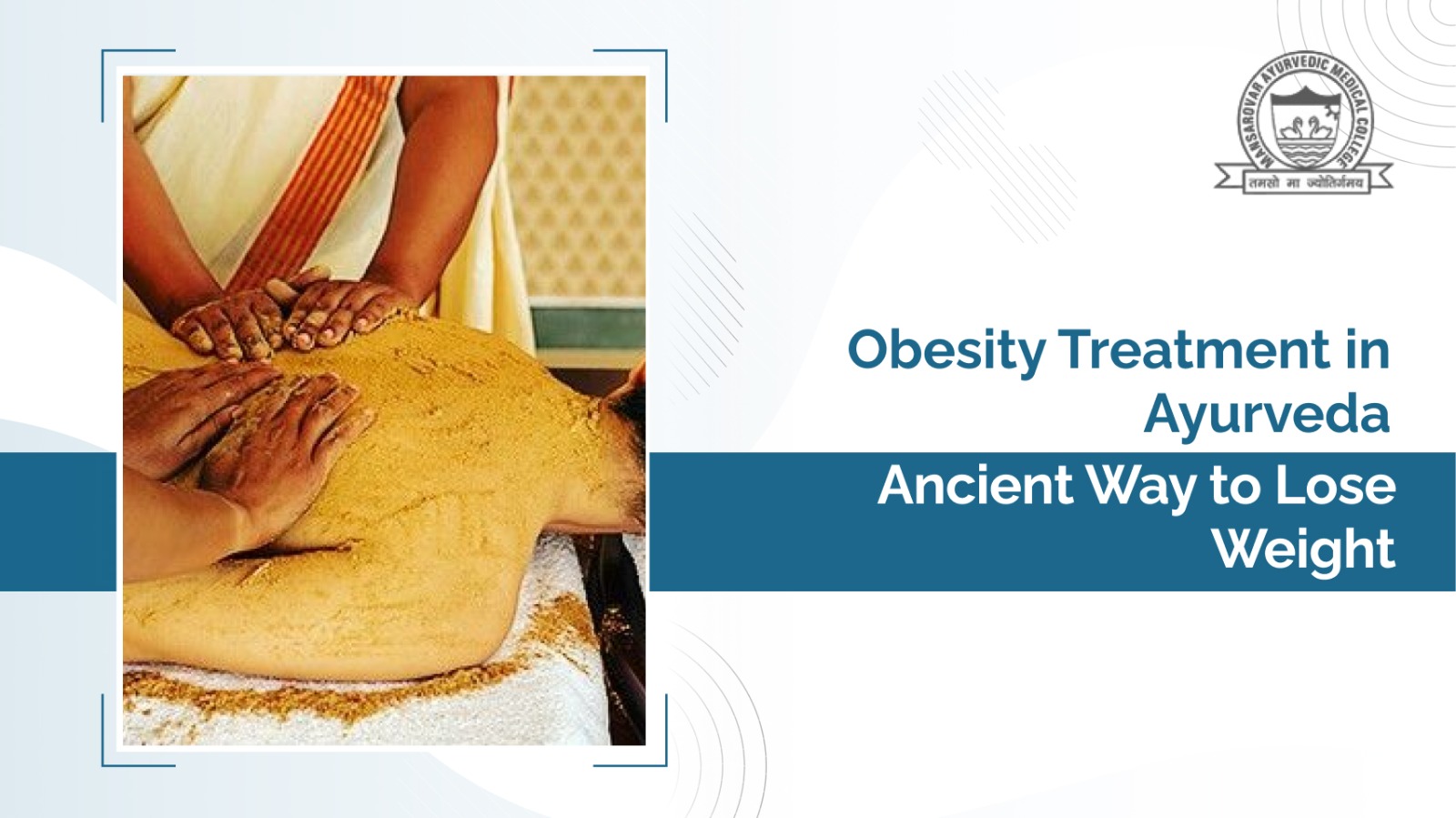
Ayurveda is an ancient system of medicine that has been in existence for more than 3000 years. In the recent years, it has regained popularity in the country with the support of the AYUSH ministry and to that effect, many professional courses and ayurvedic hospitals have been instituted. ayurvedic hospitals have been instituted. Rasashastra and bhaishajya Kalpana form the backbone of this ancient system of alternative medicine.
The word rasa can be translated to water, pleasure, emotions, mercury, taste or even poison. The word rasashastra means the “Science of Mercury.” Rasashastra is the branch of pharmacy that deals with the study of chemical substances used as medicine. According to the principles of Ayurveda, there is not a single element in the universe that cannot be used as a drug under the right circumstances and dosages.
Ayurvedic drugs are made of materials known as ‘Rasa dravyas’. These can include minerals, metals, plant and animal products. The drug formulations can be poly-herbal, poly-mineral or herbo-mineral. It also deals with the various purification processes for metals and plant extracts which are toxic in nature. Some of these techniques include the processing of metallic elements into a fine powder or ‘bashma’, mixing of that powder with honey or other edible liquids, and their administration through various routes like oral, nasal, ointments or through the eyes.
Rasashastra is based on the idea that the imbalance of metal and mineral constituents in various organs through unhealthy eating habits or old age can cause malnourishment of tissues and organs. These cause diseases which then have to be treated by correcting the imbalance through supplementation of the required mineral.
Also Read: Living the Ayurvedic Life - Know How and Why?
Ayurvedic medicine uses rasa (taste) of a substance to assess the pharmacological behaviour of any substance. There are six primary rasas - madhura (sweet), amla (sour), lavana (salty), katu (hot), tikta (bitter), and kasaya (astringent). It is said that the balance of all the rasas in a diet leads to a healthy mind and body.
Another interpretation of rasa which is equally important in the study of rasashastra and bhaishajya kalpana falls under the classification of drugs from metallic ores. This group of rasas is further categorized into four classes:
Ayurveda also recognizes the importance of heredity in the health of an individual and outlines six procreative factors or bhavas that together form a healthy child. These shadgarbhkarabhavas are Matrija (maternal factors), Pitrija (paternal factors), Rasaja (nutritional factors), satmyaja (wholesomeness), atmaja (soul) and sattvaja (psychological factors).
Bhaisajya Kalpana is the study of the preparation of ayurvedic medicines, their formulation and dosages. The word Bhaisajya means drug and the word Kalpana means processing. The formulation of these drugs is based on the “Panchavidha Kasaaya” concept. According to this concept there are five basic forms of formulating drugs - ‘swarasa’ or the expressed juice, ‘kalka’ or the fine paste obtained by grinding the fresh or wet plant material, ‘kwaatha’ or the decoction, ‘sheet’ or the cold water infusion, and ‘faanta’ or the hot water infusion.
Also Read: Ayurveda - The Way to a Healthy Lifestyle
Bhaisajya Kalpana is important because many of the minerals and plants used in the formulation of ayurvedic drugs are basically toxic in their inherent state. These need to be purified and administered in the appropriate dosages, otherwise they could kill the patient or produce disagreeable effects. The main focus of Bhaisajya Kalpana is removing the physical and chemical impurities of these elements. It also outlines various purification processes known as ‘sodhana’. Different sodhanas are used for purification of different materials.
To ensure the standard of the metallic bhasma or powder which formed the basis of all drugs with metallic constituents, many physical and chemical tests were formed in the ancient times.These tests are mostly related to the particle size, density and chemical and physical stability of the powder under high temperatures. Some of the standards that a bhasma should fulfill in order to be considered stable and edible are:
While bhasma is usually prepared in the two major steps of sodhana and marana, some minerals and metals like biotite mica and copper require the additional steps of Amrutikarna and Lohitikarna.
Some of the best ayurveda colleges like Mansarovar Ayurvedic Medical College offer both undergraduate and postgraduate degrees for aspiring ayurvedic doctors. BAMS (Bachelor of Ayurvedic Medicine and Surgery) is the most popular of the ayurveda courses. It offers a holistic introduction to all the principles of ayurveda along with practical skills required to practice ayurveda, in conjunction with teaching of modern medicine to create a well-rounded learning experience.

Experience Authentic Healing at a Renowned Ayurvedic Hospital in Bhopal

Experience Healing at the Best Ayurvedic Hospital in India

Experience Expert Shalya Tantra Care at Best Ayurvedic Hospital in India

Healing Naturally at the Best Ayurvedic Hospital in Bhopal

Obesity Treatment in Ayurveda: A Natural & Holistic Approach to Weight Loss

Vata Dosha in Ayurveda - Meaning, Causes, Diet Plan & Treatment

Complete Guide to Panchakarma Treatment: Ayurveda’s Deep Cleansing Therapy

Basti Panchkarma Therapy – Ayurvedic Basti Treatment Benefits

Top Nasya Treatment Benefits You Should Know

Explore the Panchakarma Treatment Benefits

BAMS Colleges in Madhya Pradesh – Choose Excellence in Ayurveda

Best Ayurvedic College in India – Why Choose MAMC Bhopal

Best Private Ayurvedic College in Bhopal: Top Colleges for Ayurvedic Studies in Bhopal, Madhya Pradesh

Best BAMS Colleges in Madhya Pradesh

Can Ayurveda Support Women's Health at Every Stage of Life?

How BAMS Courses Prepare Students for a Dynamic Career in Ayurveda

How Ayurveda Aligns Mind, Body, and Spirit for Optimal Health

Is Ayurvedic College Right for You? Exploring Your Options

Is Choosing a Private College for Obtaining a BAMS Beneficial?

10 Benefits of Having an Ayurveda Degree